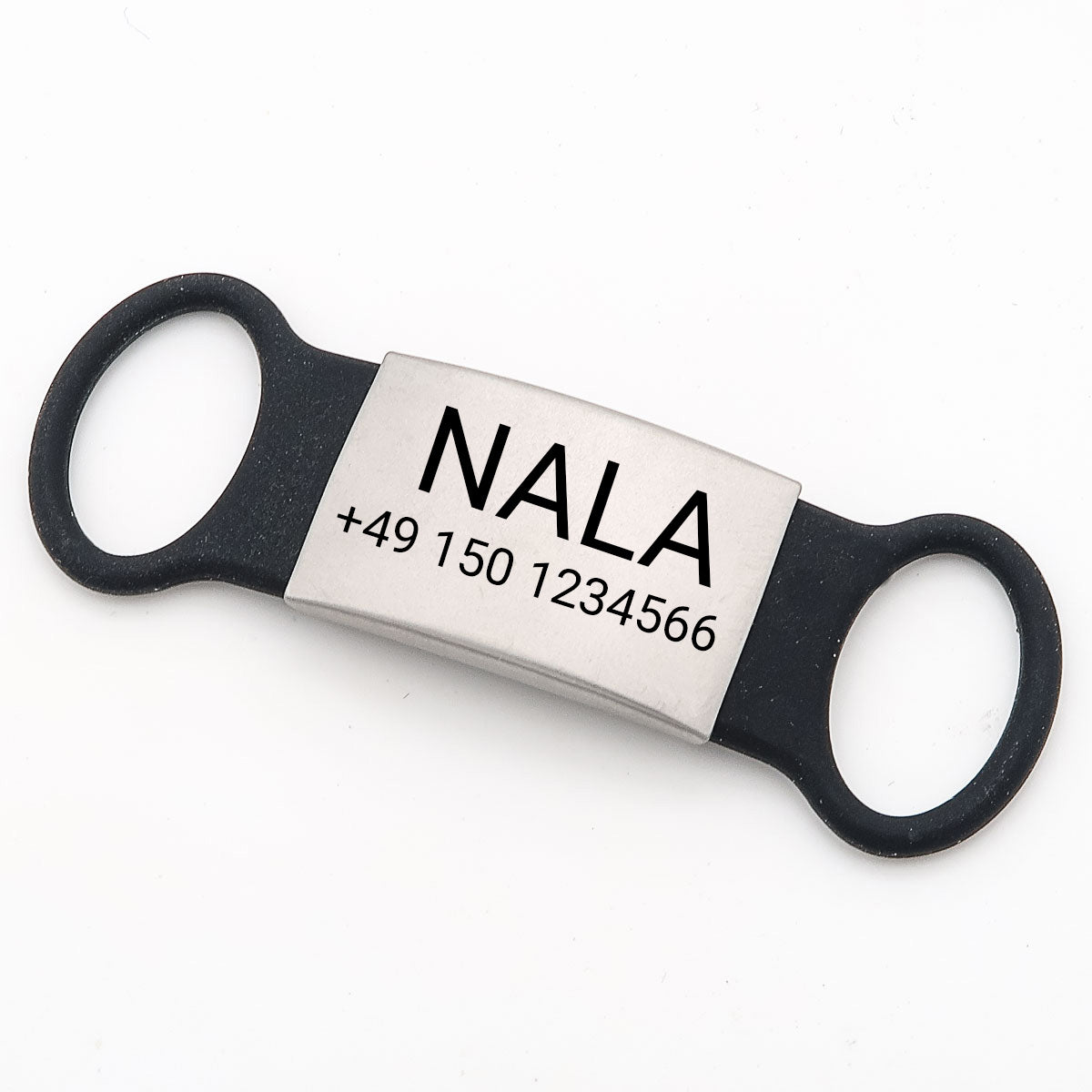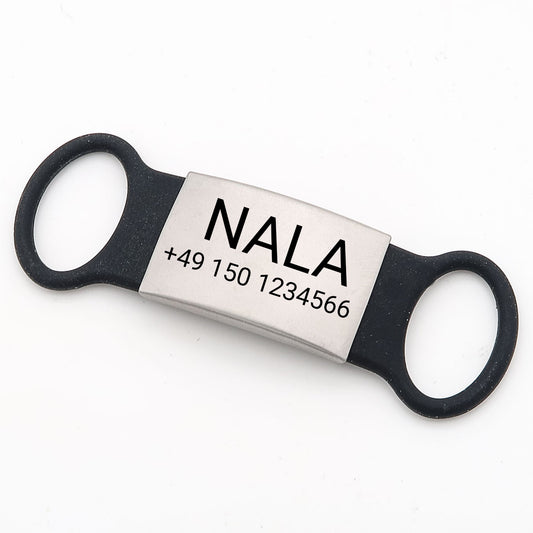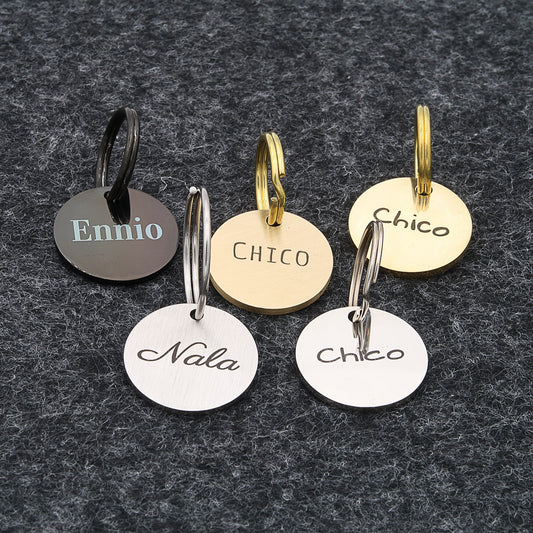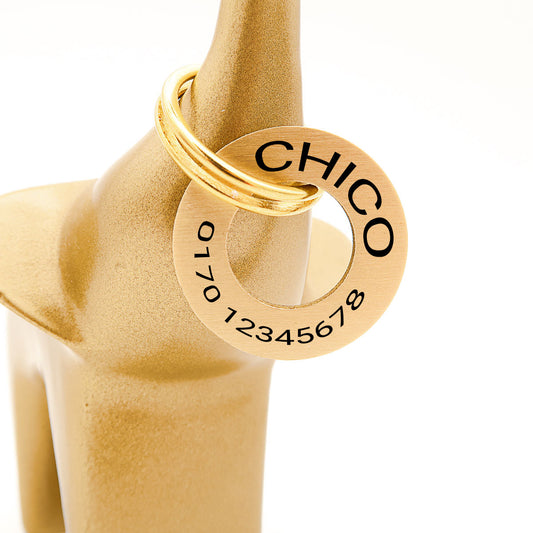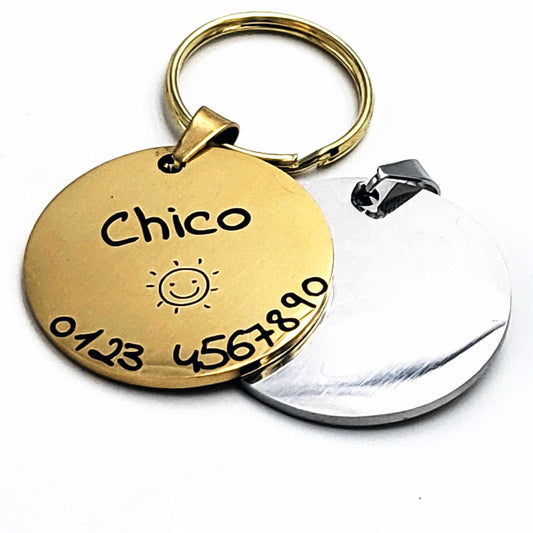
Clicker training for dogs: how it works!
Share
Clicker training is one of the most effective and friendly methods of dog training. Through targeted conditioning, your four-legged friend learns to show desired behavior in a playful way! In this pet guide, you'll learn all about the right way to click, the training process and how to achieve great results with patience and rewards.
What is clicker training?
Clicker training is based on the principle of positive reinforcement. The clicker, a small clicking frog, emits a clear clicking sound that the dog associates with a reward. This teaches him that certain behaviors are rewarding.
You can find suitable clickers on offer here
Why is clicker training so effective?
- Precise marking: The clicker marks the exact moment when your dog does something right.
- Positive reinforcement: Your dog is motivated by rewards (e.g. treats, cuddles).
- Gentle education: It is based on motivation, not punishment.
- Flexible use: From obedience exercises and dog tricks to behavioral problems such as leash aggression, clicker training can help.
Step-by-step instructions for successful clicker training
1. conditioning to the clicker
Before you start the actual dog training, your dog must understand that the clicking sound indicates a reward.
This is how it works:
- Have some pieces of food ready.
- Press the clicker and immediately give your dog a treat.
- Repeat this about 10-15 times until your dog associates the clicking sound with a reward.
2. the first exercises - linking basic commands with clicker
As soon as your dog has understood the clicker, you can combine it with basic commands such as "sit" or "down".
- Say the voice command (e.g. "Sit").
- As soon as your dog sits down, press the clicker and give a treat.
- Repeat this several times in short training sessions.
3. clicker training for dog tricks
Would you like to teach your pet cool dog tricks? Then the clicker is ideal! Examples:
- Give a paw: Wait until your dog lifts his paw. Click - and reward.
- Role: Ease your dog into a sideways movement with a treat and click at the right moment.
4. improve leash control with clicker
Does your dog have problems walking on a lead or does he show Leash aggression? With clicker training you can draw attention to yourself.
Exercise:
- Click and reward your dog when he walks on a loose leash.
- Click him when he remains calm even though a conspecific is nearby.
5. counter-conditioning for undesirable behaviors
Clicker training is also suitable for redirecting unwanted behavior.
- Is your dog barking at other dogs? Click when he stays calm.
- Is he afraid of noises? Click if he remains relaxed despite the noise.
Tips for successful clicking
- The right time: Click at the exact moment your dog shows the desired behavior.
- Short training sessions: Maximum 5-10 minutes per exercise.
- High motivation: Use tasty dog cookies or favorite treats.
- No misuse of the clicker: The sound is to be used exclusively for training purposes.
Common mistakes in clicker training
- Clicking too late: The dog might associate the click with something else.
- No treats after the click: This reduces the effect of the conditioning.
- Training sessions that are too long: Dogs quickly lose concentration.
Clicker training in group courses and in everyday life
Many dog schools offer group courses with clicker training in which your dog learns with other dogs. You can also use clicker training in everyday life to encourage desired behavior such as calm waiting or relaxed encounters.
Conclusion: Clicker training as an effective educational method
Clicker training is a great way to train your dog in a positive way. Whether basic commands, dog tricks or counter-conditioning - with the right exercise sequence and a clear reward, your dog will learn quickly and be motivated. Try it out and experience how effective clicker training can be!
